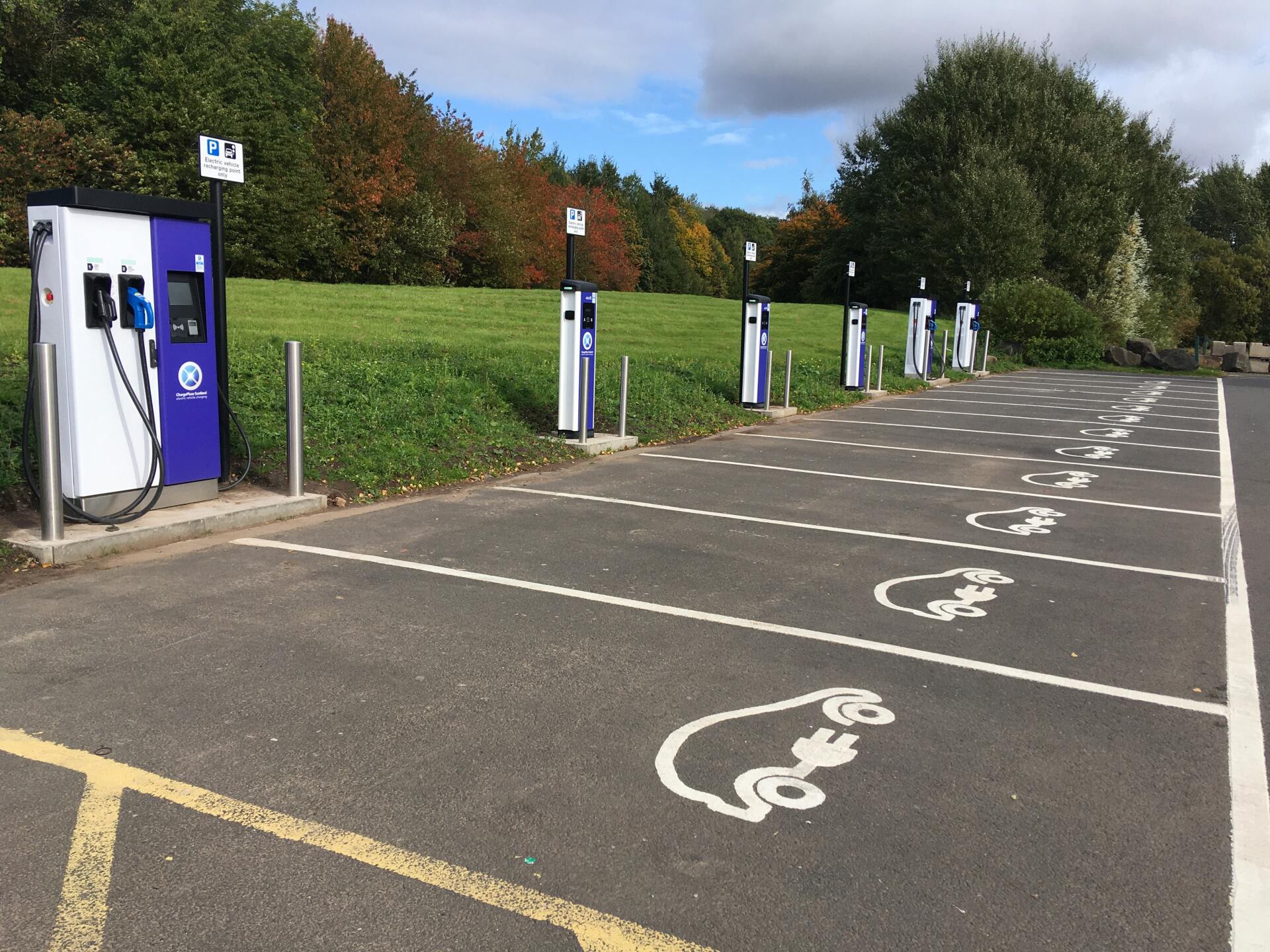Top tips for installing electric vehicle charging points at your building
The electric car market is growing quickly. Last month alone, one in 10 car registrations were either plug-in hybrids or battery powered cars according to the Society of Motor Manufacturers and Traders.
The government has ambitions of this rising to 50-70% by 2030 through a massive roll out of the infrastructure to support electric vehicles (EVs). So, it makes sense to consider the future of car parking options for a building and whether installing EV charging points is worthwhile.
From a technical perspective here are resero's top tips:
How much power you need depends on how much power you have
The most cost-effective method to install EV charging is to simply make use of the available power within a building. Look at your commercial bills and find the ASC (Agreed Supply Capacity) that is contracted. This should state the maximum demand (or peak use) of electricity allowed within the premises.
Then look at your energy data. Ensure you have good energy data, preferably half-hourly, dating back a number of years that can show the seasonal peaks and troughs of usage. Look to see how much power was used on the hottest day or the coldest day when the building was close to maximum occupancy.
Let us take mythical office building Number 1 that has 1000kVA agreed supply capacity with their electricity provider. The maximum amount of power it has ever used on a single day is 600kVA. This means you have 400kVA available for EV charging.
This helps determine how many EV charging points you can install easily. On most buildings it is usually between 6-10 charging points. If you want more charging points than your existing power supply can cope with then you will need to upgrade your power supply or install a dedicated power supply, both of which are much bigger and more expensive projects.
Location, location, location
Consider where the EV charging points are to be located as there are more stringent earthing requirements required in the Electrical Installation Regulations to ensure users are safe.
Systems that are under cover may need increased fire detection. Those that are placed outside are likely to need trenching, ducting and civil works. Selecting spaces closer to the building and within a reasonable distance from the main switch room to optimise the size of the final circuit cables will keep costs to a minimum.
Whatever you do, don’t decide to turn all your disabled car parking spaces into EV charging points because they are in the best position. You will fall foul of the Disability Discrimination Act (DDA) regulations and Local Building Control.
Charging infrastructure
Many companies provide EV charging points for free as a benefit to encourage workers to reduce their individual carbon emissions. However, in a multi-let office building it is probably a good idea to install infrastructure that allows people to be charged for the electricity they consume from the points.
There are a number of ways to do this. Many can be configured to operate with the existing building access control systems (fobs or codes) that would keep the data on who was accessing it. This is then linked to a metering strategy to apportion bills.
Alternatively, there are third party management companies who will take on the billing role and link the EV charging spaces into a national scheme. EV owners can then use an app to register/pay online. It could also be opened up to all EV owners who use the app, even if they don’t work onsite. This could be a useful revenue generator when offices are empty and electricity use is low, such as evenings or weekends for example.
Keep an eye on local plans and sector developments
Currently, there is very little in the way of national design guidance for the provision of EV charging points. However, forward thinking councils are starting to invest heavily in EV charging infrastructure, particularly those cities struggling with toxic air.
London for example has unveiled a wide ranging plan that includes commitments from businesses and retailers to transform EV charging provision in the capital over the coming years. There are also schemes available that look to use the batteries of EVs as storage capacity for the grid at peak times V2G Vehicle to Grid Schemes and schemes to encourage people to charge vehicles when maximum amounts of renewable energy are available.
This is likely to be an area where things will move quickly over the next few years.
Resero is currently designing and project managing multiple EV charging point installations for a variety of clients. Get in touch if you’d like to know more via email info@resero.co.uk or call on +44 (0)1743 341903.













